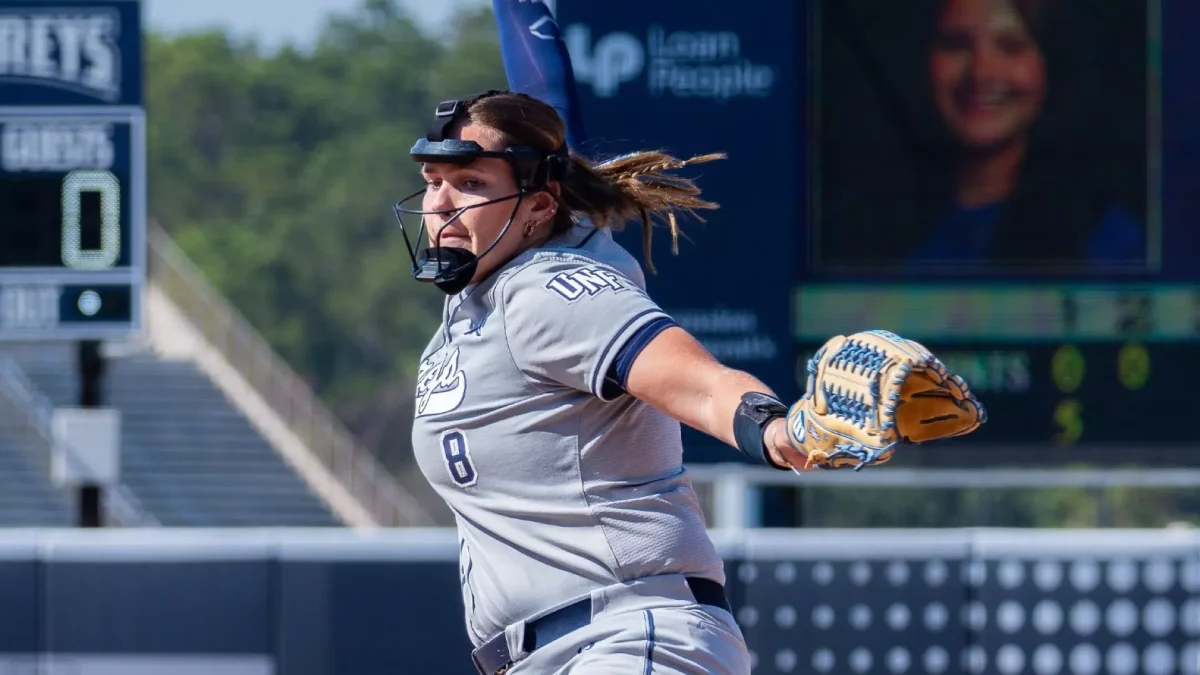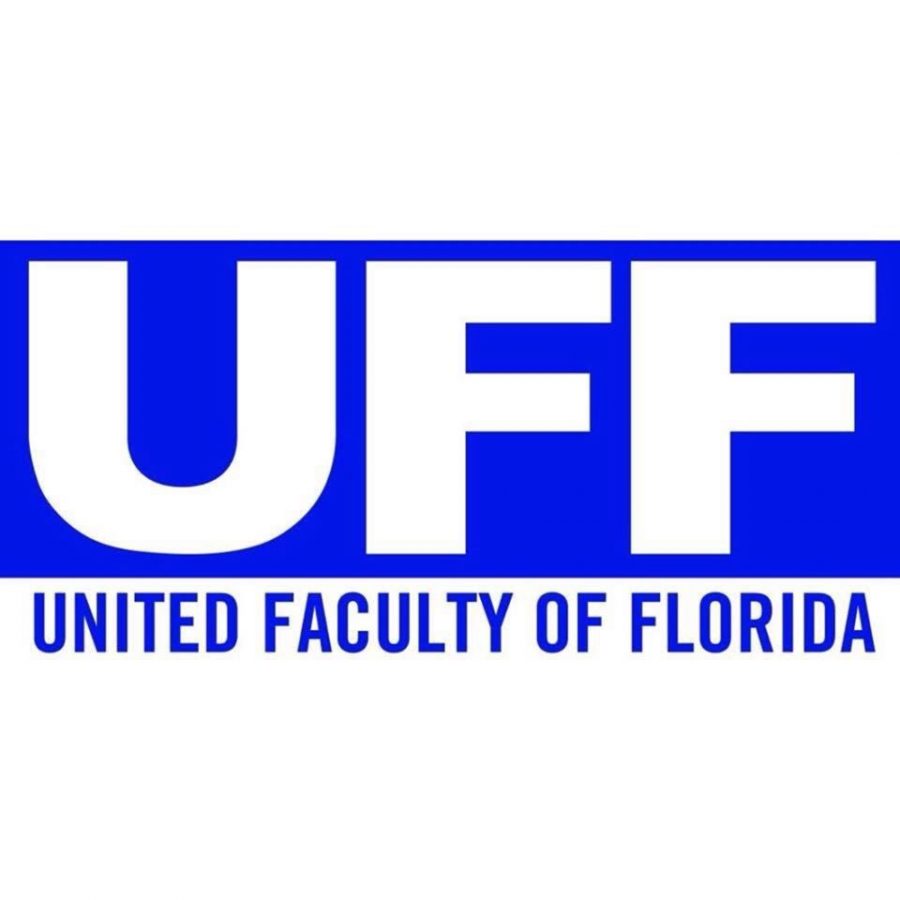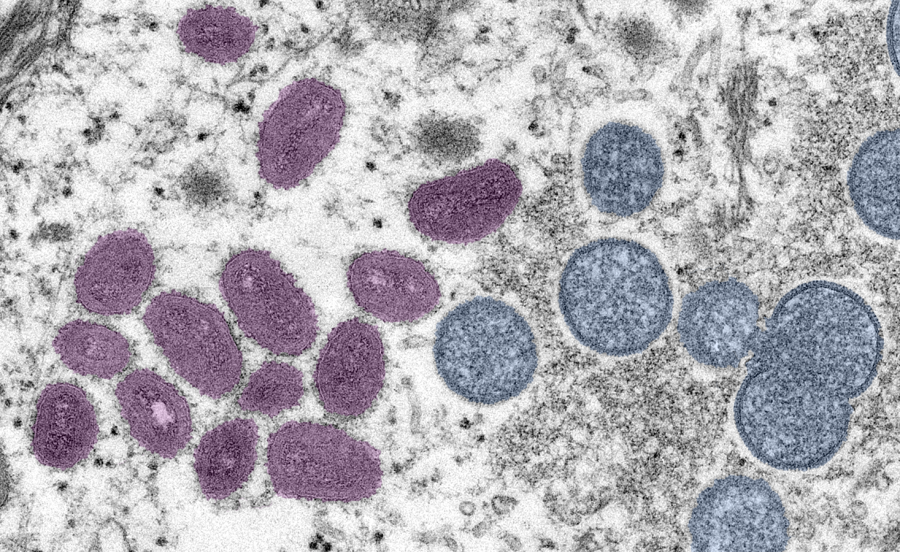If pinball is going to come back, to regain rock-opera level cultural primacy rather than more pizza-parlor corner dust, it probably starts with scenes such as this:
In the foreground there is a father, petroleum engineer Mark Henderson. “My son’s Joshua,” he said. “He is 11 years old. He’s a pinball wizard out of Plainfield, Ill.”
In the background there is Josh, a tall, bespectacled boy, leaning into a pinball game with a NASCAR theme. His look is intent, his chest touching the table’s end, his eyes over the top of the flippers.
When the ball heads up the table, nestling into some point-tallying nook or just rattling against bumpers, he takes the available seconds to remove his hands from the flipper buttons, roll the fingers, flex them and stretch them.
It is a move that is almost cocky. Josh, as he is mostly called, has been a champion before and is trying to be again.
He is at a Woodfield Mall adjunct in Schaumburg, Ill., standing in a GameWorks, one of those places that is all flashing lights and pleas for more tokens.
There are four games: Ripley’s Believe It or Not, Family Guy, the brand new Batman and NASCAR lined up on the center of the super-sized arcade’s main floor, liberated from their usual, much lonelier spot upstairs.
The games elaborately decorated battles against gravity are all made by Stern Pinball, a Melrose Park, Ill., firm that is the world’s last manufacturer of pinball machines.
Gary Stern, who runs the company, will stop by later to offer support for this event.
Nobody wants a pinball revival more than Stern, who had to lay off some key employees in October, as the economy accentuated a steady decline in game sales from the 1990s.
He has high hopes, though, for a new game based on TV’s “CSI.”
“It’s great because it’s got a skull that becomes part of the gameplay,” said Stern.
A group of young men, most in their 30s, is near Josh Henderson. They are trying to become champions too, and many of them have credentials to back up those hopes: Three of the world’s top 10 players, as ranked by the International Flipper Pinball Association, are on hand.
There’s Trent Augenstein, ranked No. 6, from Ohio, who supports his competitive pinball hobby with a Pump It Up: The Inflatable Party Zone franchise and a tourist cave, the Olen Tangy Indian Cavern. He’s 40 years old, soft-spoken, wearing a fleece hat shaped like a jester’s.
And there is also the first family of pinball, Roger Sharpe and his sons Zach and Josh. Roger wrote the definitive book on the game, 1976’s “Pinball!” Josh and Zach are ranked Nos. 4 and 7, respectively, and they’re running the tournament as well as competing in it.
With his boys and a colleague, Sharpe founded the IFPA, hoping to promote the game, make some sense out of a hodgepodge of tournaments and ranking systems, and goosing “the public’s interest [in]and accessibility to competitive pinball.”
This three-day tournament, the first that the national GameWorks chain has sponsored, is one example, and it’s big news in the pinball world.
“There hasn’t been a major tournament in Chicago in about 15 years,” said Roger Sharpe, a onetime managing editor of GQ who dumped print journalism for pinball in the ‘70s, a move that would seem logical now but back then was more whimsical. “The level of play has been exceptional.”
Sharpe is playing Josh Henderson in the first round of the finals, and for all his physicality w ith the machine, he plays as if he’s trying to load it into a narrow space on a moving truck.
On his style, “my sons call it ‘spray and pray,’” Roger Sharpe says. “I like to think of it as ‘gun and run.’” “Nice ball,” he says to Josh Henderson, after Josh tallies 5.59 million points on his first ball in the NASCAR game.
Roger racks up 2.57 million points before losing a ball theatrically.
“I’m not playing smart,” he said. “The whole idea of pinball, you can’t fight the machine.”
As they play, Josh Henderson’s mom sits in the background, just outside the cordoned-off area, handing her only child water but not advice.
“He’s got trophies at home from Dallas, Pittsburgh,” Peggy said. “You know how everyone always says, ‘What sport is your kid into?’ This is great. This builds his self-esteem.”
And he does seem to have what his dad said he recognized early as “pinball intelligence” – the ability to not just fight to keep the ball in play, but to work the flippers and target the ball.
“He memorizes the games,” Peggy said. “He knows exactly what to shoot for, where the points are.”
Josh Henderson is not effusive about the game, characterizing it as “really fun.”
It’s not so much fun for Roger Sharpe. He loses that game. They move on to Family Guy, where a Josh win will eliminate Roger in the best-of-three series, an outcome the latter describes as “not an upset.”
What would be an upset is if pinball were to come back in any profound way. Sure, companies sometimes install pinball games in their offices to try to promote a sense of “fun.”
And the collectors’ market is hot, with used games commanding high prices and being installed in basement rec.-rooms, probably alongside vintage jukeboxes.
But out in the arcade world, the average number of pinball machines per operator is in modest decline, according to an annual industry survey taken by “Play Meter” magazine.
The machines take in about $50 a week, the report said – way below the $70 to $100 that various video game configurations take in.
“Pinball is a very historic segment like jukeboxes, and they’ll always be there,” said Bonnie Theard, “Play Meter’s” editor. “But as far as a resurgence, there were once [a number of] manufacturers making them, so I don’t see that happening again.”
And the whole world of entertainment options is conspiring against the game, everything from PlayStation to Netflix to the increasingly powerful mobile phone.
Players can wax rhapsodic about the unpredictability of a pinball, the improvisation required, a machine’s physical presence. But rhapsody doesn’t put quarters in slots. Even the Schaumburg tournament, which received a lot of advance publicity, drew fewer than five dozen players, when organizers had been hoping for double that.
In the end, Josh Henderson does knock off Roger Sharpe easily.
In his first game against Trent Augenstein, a contest to reach the semifinals, Josh Henderson tallies a spectacular third ball on the Batman game, going from 5 million to 35 million points.
Augenstein, on his last ball, is in the low 20s when he nudges the machine too hard, it tilts, and he loses.
Josh Henderson, still learning to play two balls at once as the better players do, accepts their encouragement to keep at it, holding the game’s future in the fingers he uses to push the buttons.
And there is, in an ending that also saw Josh Sharpe win the event, some very good news for pinball. Not only do the organizers think GameWorks will sponsor future tournaments, but the Schaumburg store’s general manager, Jim Olson, has had an epiphany.
“After this tournament, I’m keeping the games all down here,” he said. “They’re going to skyrocket.”
(c) 2009 Chicago Tribune
Distributed by McClatchy-Tribune Information Services.











